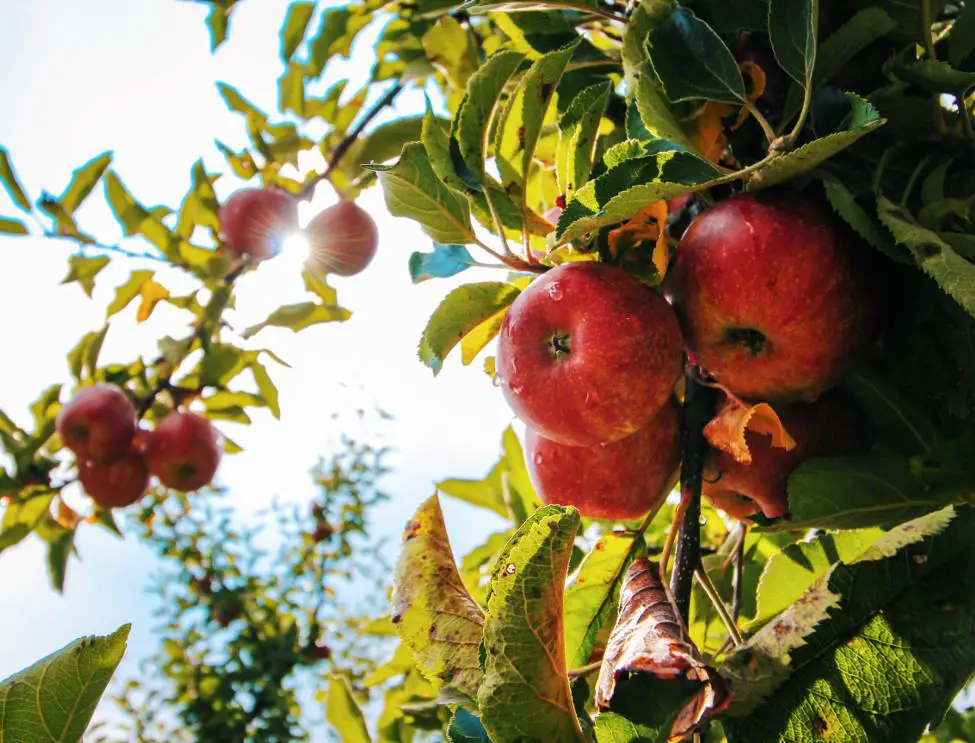Apple trees, with their bountiful branches and crisp fruit, bring the charm of orchards to any backyard. To keep these fruit-bearing beauties in top form, a bit of pruning is in order. In this friendly guide, we’ll explore the art of pruning apple trees—an activity that enhances health, encourages growth, and ensures great harvest.
What is Pruning
Pruning is to apple trees what a haircut is to us—essential for maintaining health, promoting growth, and achieving an overall tidy appearance. While the thought of pruning might seem daunting, it is not difficult. With a few friendly tips, you’ll be shaping your apple trees in no time.
Why Prune Apple Trees: Nurturing Growth and Yield
Pruning serves multiple purposes in the world of apple trees. Firstly, it encourages the growth of new branches, ensuring a robust framework for the tree. Secondly, it allows sunlight and air to penetrate the canopy, promoting optimal fruit development. Lastly, it helps remove dead or diseased wood, keeping the tree healthy and thriving.
The Best Time to Prune: A Winter Symphony
The ideal time to prune apple trees is during their dormant winter months. Pruning during dormancy minimizes stress on the tree, reduces the risk of disease transmission, and provides a clear view of the tree’s structure.
Pruning Tools
Equipping yourself with the right tools is crucial for a successful pruning session. Invest in sharp and clean pruning shears for smaller branches, a quality pruning saw for thicker limbs and loppers for branches that require a bit more muscle. Keeping your tools sharp ensures clean cuts, promoting quicker healing for the tree.
Basic Pruning Techniques: The Art of Thinning and Heading
Pruning apple trees involves two primary techniques: thinning and heading. Thinning removes entire branches at their point of origin, enhancing air circulation and sunlight penetration. Heading, on the other hand, trims the tips of branches to encourage lateral growth. Together, these techniques create a well-balanced tree structure.
Removing Dead and Diseased Wood
Identifying and removing dead or diseased wood is an essential part of apple tree care. Deadwood provides a haven for pests and diseases, and its removal not only keeps the tree healthy but also enhances its overall appearance. A friendly reminder: always sterilize your pruning tools between cuts, especially when dealing with diseased branches.
Shaping the Canopy to embrace Sunlight
A well-shaped canopy is key to a thriving apple tree. Focus on removing crowded, crossing, or inward-growing branches to create an open and airy structure. This not only allows sunlight to reach all parts of the tree but also facilitates air circulation, reducing the risk of fungal diseases.
Pruning Young Apple Trees: Establishing Form and Future
For young apple trees, pruning is all about establishing a strong framework for future growth. Choose a central leader, the main vertical stem, and encourage the growth of well-spaced lateral branches. Regularly prune to maintain this structure, setting the stage for a healthy and productive tree in the years to come.
Addressing Water Sprouts and Suckers: Unwanted Guests
Water sprouts and suckers are the mischievous sidekicks of apple trees. Water sprouts are vigorous, vertical shoots that emerge from branches, while suckers are shoots that sprout from the tree’s base. Remove these intruders promptly to redirect the tree’s energy to more productive growth.
As you embark on the pruning journey with your apple tree, remember that it’s a process — the more you practice the better you will be at it. With each careful cut, you’re helping your tree. So, grab your pruning tools, put on your gardening gloves, and step into pruning your apple tree. Your efforts will not only nurture the tree but also promise a harvest that’s nothing short of splendid.

